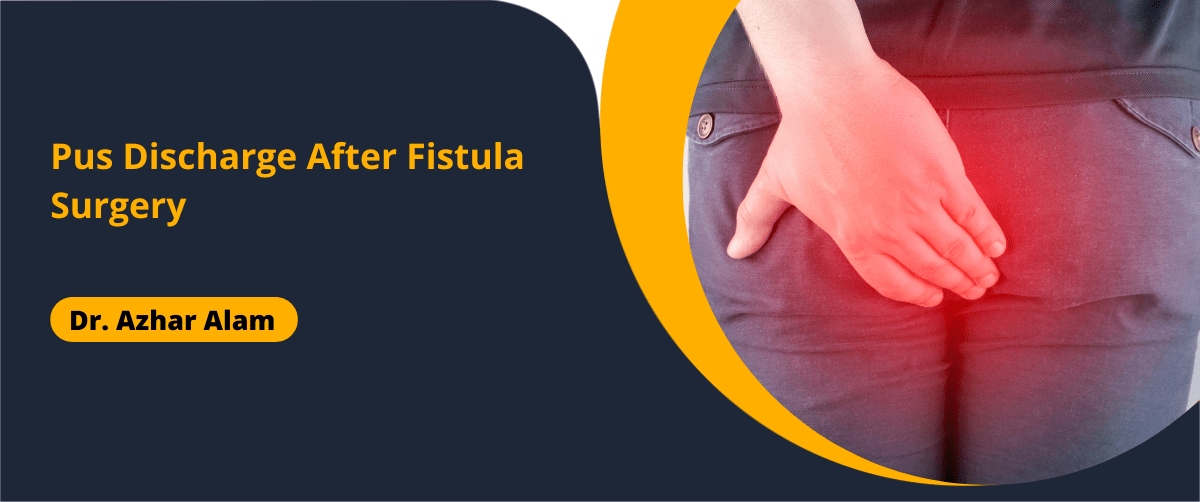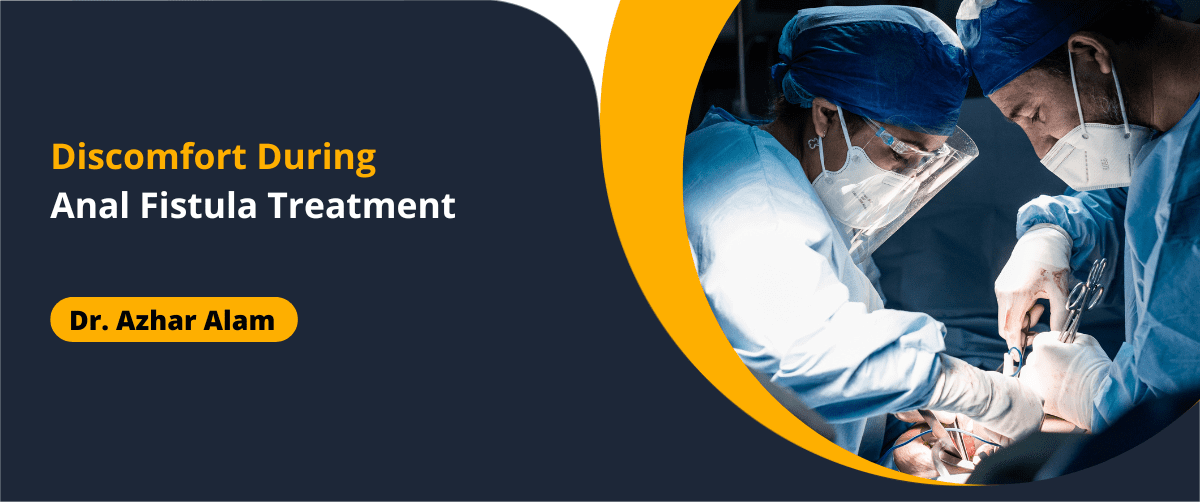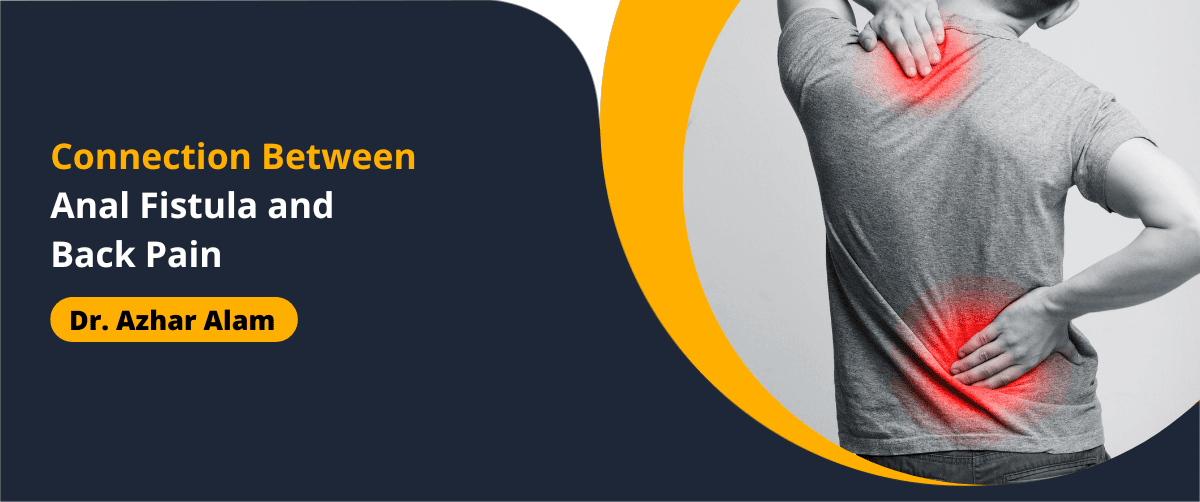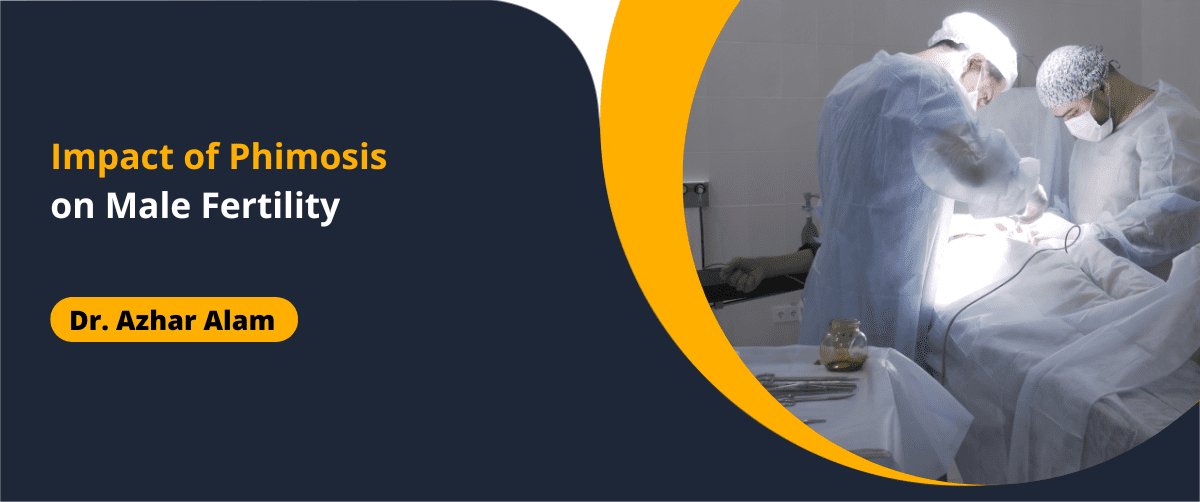Anovaginal fistula is a distressing medical condition that affects women, causing abnormal connections between the anus and the vagina. This condition can lead to significant discomfort, embarrassment, and compromised quality of life for those affected. Understanding the causes of anovaginal fistula is crucial for effective treatment and prevention strategies. Our objective in this comprehensive analysis is to investigate the various factors that lead to anovaginal fistula in women, as well as the causes. We will also identify potential solutions to prevent and treat anovaginal fistula. Finally, we will suggest strategies for raising awareness of the condition by Dr Azhar Alam, the fistula doctor in Kolkata.
Obstetric Trauma
One of the primary causes of anovaginal fistula in women is obstetric trauma, particularly during childbirth. Prolonged or obstructed labor, especially in regions lacking adequate medical facilities or skilled attendants, can result in severe perineal tears extending to the rectum and vagina. These tears may lead to fistulous tracts between the two structures, resulting in anovaginal fistula.
Also Read: Postoperative Care Tips After Anal Fistula Treatment
Surgical Complications
Certain surgical procedures involving the pelvic region can predispose women to anovaginal fistula. For instance, surgeries for rectal or gynecological conditions such as colorectal cancer resection, hysterectomy, or repair of pelvic organ prolapse carry a risk of accidental injury to the rectovaginal septum. If not adequately addressed intraoperatively or during the postoperative period, these injuries can lead to fistulous connections between the anus and vagina.
Inflammatory Bowel Disease (IBD)
Chronic inflammatory conditions that affect the gastrointestinal tract, such as Crohn’s disease and ulcerative colitis, fall under the category of inflammatory bowel disease. In women with these conditions, inflammation of the rectum or colon can extend to adjacent structures, including the vagina, resulting in fistulas. Anovaginal fistulas associated with IBD often present with symptoms such as recurrent vaginal discharge, fecal incontinence, and pelvic pain.
Radiation Therapy
Women undergoing radiation therapy for pelvic malignancies such as cervical, uterine, or rectal cancer are at risk of developing anovaginal fistula as a complication of treatment. Radiation-induced damage to the surrounding tissues can lead to fibrosis, necrosis, and impaired healing, predisposing to fistula formation. Radiation-induced fistula risk is influenced by radiation dose, treatment modality, and individual patient characteristics.
Also Read: Discomfort During Anal Fistula Treatment
Traumatic Injury
Traumatic injuries to the pelvic region, such as those resulting from sexual assault, motor vehicle accidents, or falls, can occasionally lead to anovaginal fistula. Blunt or penetrating trauma may damage the rectovaginal septum or disrupt pelvic floor muscles, leading to fistulous communication between the anus and vagina.
Infectious Etiologies
Infections affecting the pelvic organs, including sexually transmitted infections (STIs) such as gonorrhea and chlamydia, can contribute to anovaginal fistula in women. These infections may cause tissue necrosis, abscess formation, and fistula formation if left untreated. Chronic infections of the reproductive tract or perineum can also weaken tissue integrity, increasing fistula risk.
Foreign Bodies
Although relatively rare, foreign bodies within the vagina or rectum can lead to anovaginal fistula. Foreign bodies may cause local tissue irritation, inflammation, and, ultimately, perforation of the rectovaginal septum. Fistulas can develop when foreign bodies, such as vaginal mesh implants or contraceptive devices, are retained and erode into adjacent structures.
Prior Pelvic Surgery
Women with a history of pelvic surgery, such as repair of pelvic organ prolapse or treatment of gynecological conditions, may be at increased risk of developing anovaginal fistula. Previous surgical interventions can alter pelvic anatomy, weaken tissue integrity, and predispose to complications such as fistula formation. Inadequate healing or unrecognized surgical injuries during prior procedures may also contribute to fistulas.
Congenital Anomalies
Although rare, congenital anomalies involving the genitourinary or gastrointestinal tract can predispose women to anovaginal fistula. Conditions such as imperforate anus, cloacal malformations, or congenital rectovaginal septal defects may result in abnormal connections between the anus and vagina from birth. These anomalies often require surgical correction to restore normal anatomy and function.
Conclusion
Anovaginal fistula in women can arise from a variety of causes, ranging from obstetric trauma and surgical complications to inflammatory conditions and infectious etiologies. Early recognition of risk factors, prompt diagnosis, and appropriate management are essential for optimizing outcomes for affected individuals. To mitigate the physical and psychological burden associated with anovaginal fistula an experienced fistula doctor in Kolkata can mitigate the physical and psychological burden associated with anovaginal fistula.










